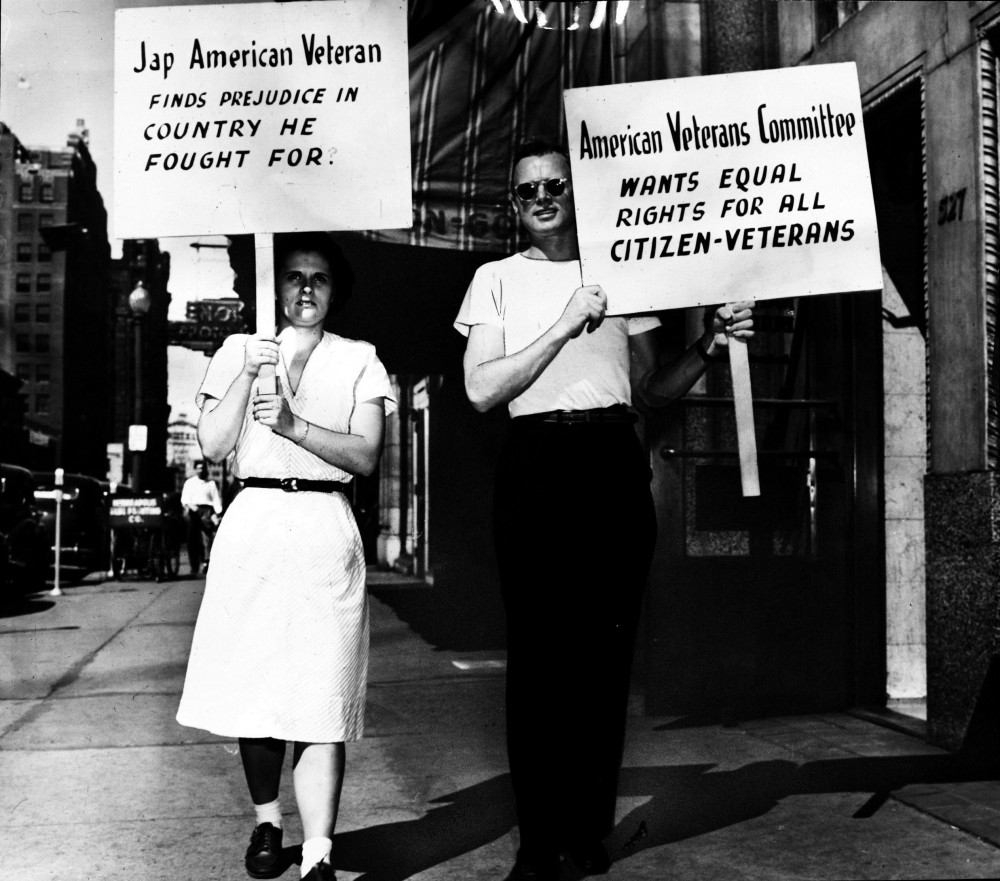When historian Kirsten Delegard returned to Minneapolis after 20 years, she discovered that little had been done to understand the history of race in the city.
Now, a project by the Augsburg College scholar, Mapping Prejudice, explores how housing discrimination has led to current racial disparities in Minneapolis.
Minneapolis is one of the most segregated cities in the United States. White residents are far wealthier and educated than people of color, and to explore these disparities, Delegard wanted to find answers from the city’s history.
“You can’t understand anything about contemporary life without understanding the past,” Delegard said.
She enlisted the help of historian Penny Petersen who examined 20,000 19th century restrictive housing covenants, of which 5,000 were discovered to have discriminatory language.
“Most people have no idea that there were legal restrictions for people of color in buying properties,” Delegard said about housing covenants — documents that made it possible for landowners to discriminate against people of color from purchasing a particular property.
A deed, which is tied to the land, would list certain ethnicities that were not allowed to own the property.
“They were very specific,” said Ryan Mattke, a historian at the University of Minnesota.
These housing deeds were obstacles for people of color to own property and helped keep neighborhoods white, he said.
The housing deeds were not laws, however. The law enforced them under the guise of private property contracts.
Delegard called the practice “a system of apartheid” where people couldn’t defy the contracts without facing consequences and losing land equity. The ownership of the land would be reverted back to its original owners despite the various individuals that had owned it after them.
These housing deeds have existed since the early 19th century. In 1948 the U.S. Supreme Court ruled that the court would not enforce them, but the practice still continued.
It wasn’t until the Fair Housing Act of 1968 that these deeds were declared illegal.
“Even though there weren’t separate schools, there were still underlining segregation tools,” Mattke said.
Kevin Ehrman-Solberg a University geographic information science graduate student created a map to show where these restrictive housing covenants were active based on Petersen’s findings.
Before, it would have taken years to examine all the 1.4 million housing deeds in Hennepin County spanning several decades, but digital mapping tools have made it possible Ehrman-Solber said.
“We hope to be done mapping all the covenants in Minneapolis within the next year,” Ehrman-Solberg said.
Once complete, Minneapolis will be the first city in the U.S. to have this, Delegard said, adding that the project needs volunteers to transcribe deeds.
















